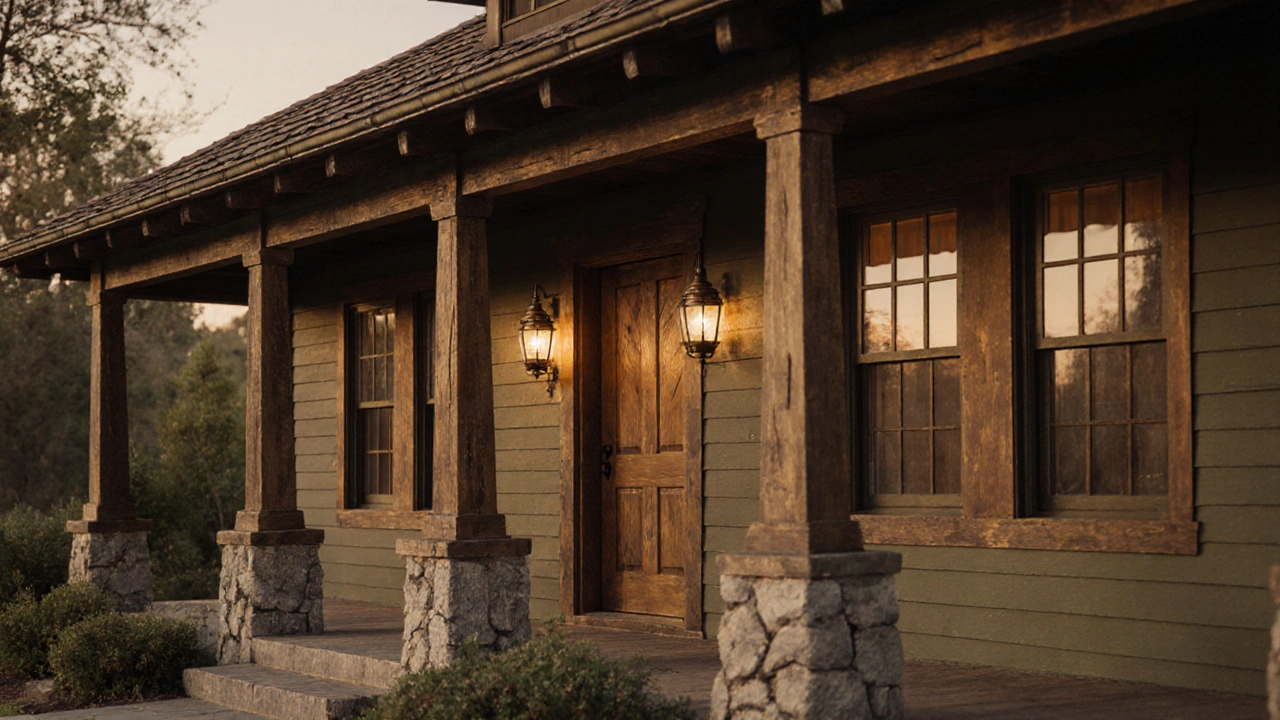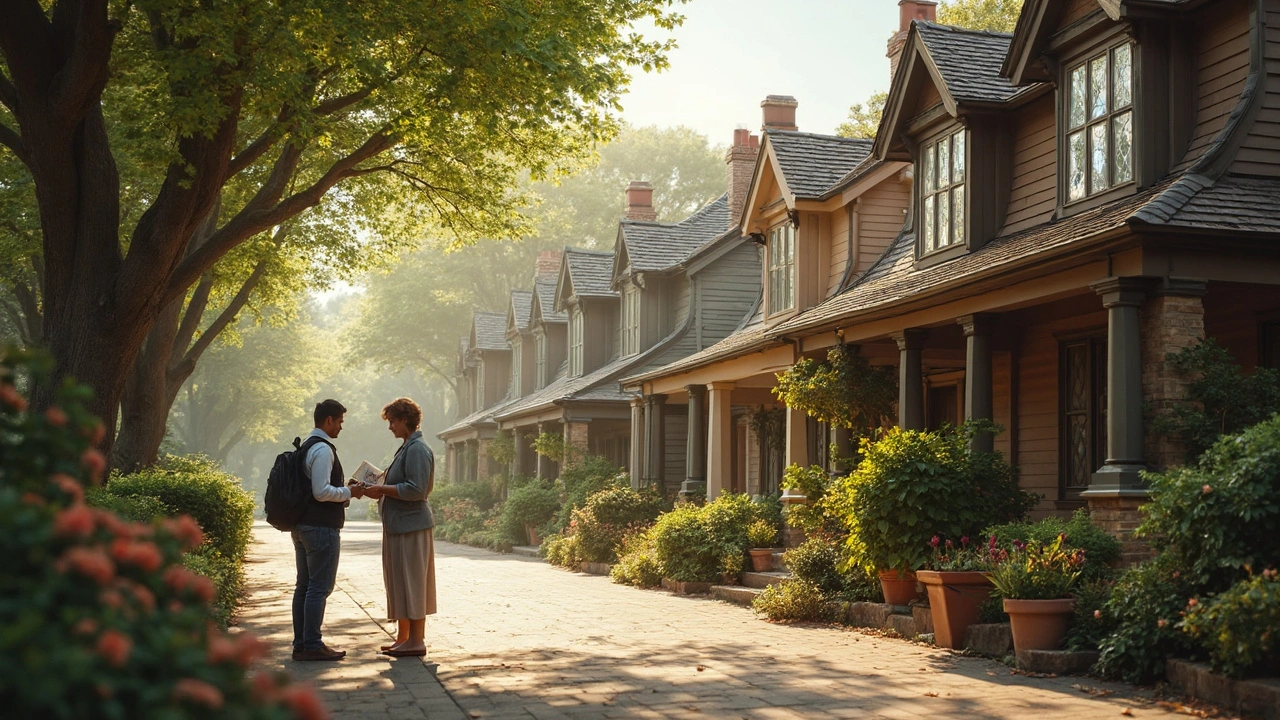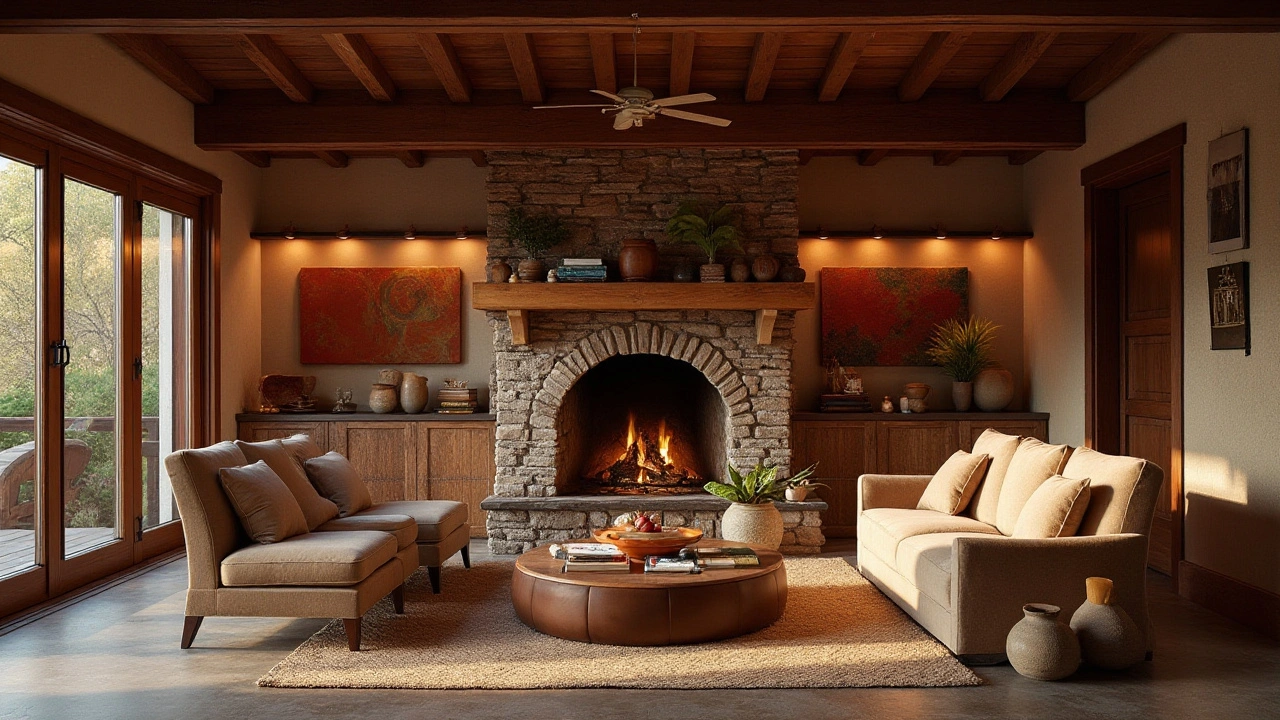The American Craftsman style represents enduring quality through handcrafted woodwork, solid materials, and timeless design. Built to last over a century, these homes stand apart from modern mass-produced houses.
American Craftsman: How to Spot, Restore, and Live the Style
Want a house that feels handmade, warm, and built to last? That’s the heart of the American Craftsman style — simple construction, honest materials, and details that celebrate craft. You’ll find Craftsman homes mostly in bungalows and small two-stories built between 1900 and 1930, but the style still works great for modern living.
Quick ID: What to look for outside
Start at the roof: look for low-pitched gables, wide eaves, and exposed rafters or beams. The front porch is a Craftsman signature — usually full-width or half-width with tapered square columns that sit on heavy stone or brick piers. Windows often have divided-light upper sashes over a single lower sash, and you’ll see grouped windows rather than single tall ones. Materials are natural and honest: wood clapboard, shingles, stone, and brick, not stucco or fake finishes.
Notice the details: wide trim around doors and windows, built-in planters or bench seating on the porch, and visible joinery like rafter tails. The colors tend to be muted earth tones—greens, browns, deep reds, and creams—meant to blend with the landscape.
Inside: practical features that feel special
Inside a Craftsman, expect built-in bookcases, window seats, and a strong central fireplace with tapered tile or stone surrounds. Woodwork is straightforward and bold—thick baseboards, simple newel posts, and exposed beams. Floors are usually oak or fir with natural finishes. Rooms are separate but flow well; the plan favors function and comfort over formal rooms.
If you’re buying, check the porch supports and sills for rot, examine original windows (they’re often repairable), and look for old wiring or plumbing that needs updating. A good inspector familiar with older homes will save you money by spotting issues that don’t show up in a quick viewing.
Restoration tips: repair original woodwork rather than replace it, match trim profiles when you must add new pieces, and reuse or replicate Craftsman hardware. For windows, reglaze and weather-strip before deciding to replace; original frames keep the house’s look and often cost less to fix. When replacing roofing or siding, choose materials that match the original scale and texture.
Modern tweaks that work: add insulation in the attic and under floors, install efficient HVAC without hiding woodwork, and update kitchens with shaker-style cabinets and warm wood tones to keep the Craftsman feel. Small modern touches—LED lighting, efficient appliances, discreet wiring—make the house comfortable while preserving character.
Want supplies? Look for local salvage yards for period wood, reclaimed tile, and vintage fixtures. Local preservation groups and builders who specialize in historic homes are great partners when you need accurate repairs or advice.
Curious to see real examples or get renovation ideas? Check the posts under this tag for deep dives on Craftsman homes, restoration case studies, and design tips you can use right away.
This article unpacks the American Craftsman home style—what sets it apart, why people love it, and how you can spot one from a mile away. We’ll dig into its origins, signature features, and real-world tips for adding Craftsman charm to your home. Expect clear advice, interesting facts, and practical insights to help you appreciate and maybe even own a true Craftsman house. Dive into the heart of American home design in a way that’s easy to understand.
American Craftsman homes offer an alluring blend of classic design and practical functionality. Known for their quality craftsmanship and attention to detail, these houses evoke a charming and inviting atmosphere. Born from the Arts and Crafts movement, they emphasize handcrafted elements over industrial production. With features like built-in furniture, large fireplaces, and exposed beams, Craftsman homes cater to those who appreciate artistry and authenticity in architecture.
The American Craftsman style, which emerged in the late 19th century, continues to influence modern home design with its emphasis on craftsmanship, simplicity, and natural materials. This architectural approach is cherished for its warm, inviting aesthetics that blend functionality with artistry. Many homeowners and designers value the style for its timeless appeal and versatility. Modern interpretations incorporate contemporary needs while retaining the essence of this beloved tradition.




